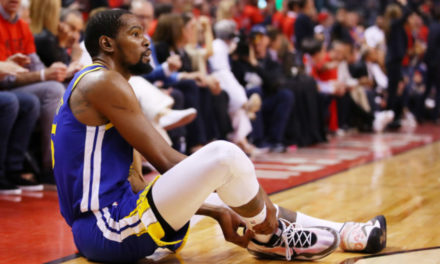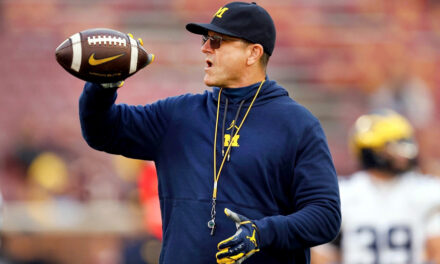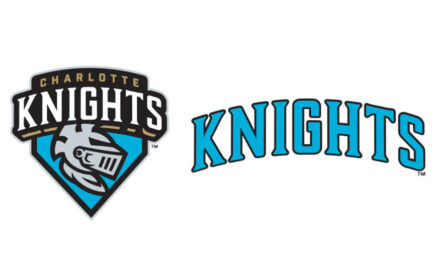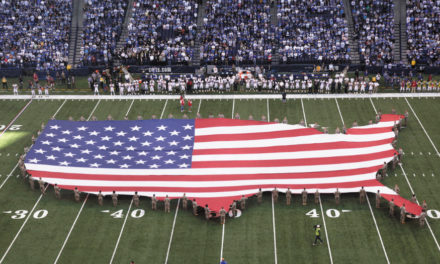
It all began three years ago with the advent of Name, Image & Likeness (NIL).
It has clearly snowballed on the NCAA from there, with unprecedented freedom of movement for student-athletes in the form of the transfer portal and now last week’s Thursday’s monumental settlement for nearly $2.8 billion that calls for paying damages to thousands of former and current college athletes who were previously prevented from earning endorsement money and, moving forward, revenue sharing for athletes in the form of roughly $20 million a year per school, if the school chooses to spend that much.
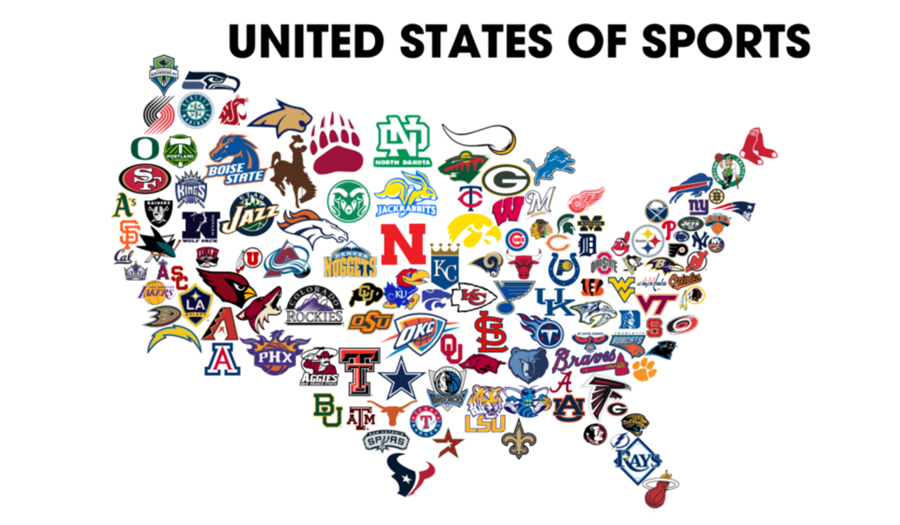
This will likely lead to college athletes becoming employees of schools and there is the potential of unionization and collective bargaining on top of that.
Yes, it is crystal clear that the NCAA’s model of amateur athletics, going back over a century, is no more.
Yes, the government finally caught up to the NCAA. The NCAA had no choice but to settle, facing mounting losses in three antitrust lawsuits. So the governing body and its five power-conference leagues, the ACC, Big Ten, Big 12, Pac-12 and SEC, settled with a multibillion-dollar agreement.
It will pay former athletes going back to 2016, and enable current and future ones to be paid directly by schools for the first time. (Sidebar, I wonder how the athletes who stopped playing prior to 2016 feel?)
The new revenue-sharing model is expected to begin in the fall of 2025. Here are some questions I have about the settlement and the model.
How will the money be divided up between the sports?
Will players who rarely or never see the field be paid a fair amount?
Will the contracts signed be four year deals?
Will the paid athletes be required to attend and pass classes?
Will contracts be renegotiated upon the athlete having better than expected seasons?
Will the schools that choose not to pay the max amount be allowed to stay in the Power Five conferences?
Will the athletes still get full scholarships?
I am sure you and others have more questions. Bottom line is that college athletics as we once knew it is gone. How it will look in the future has to be considered a guessing game.


